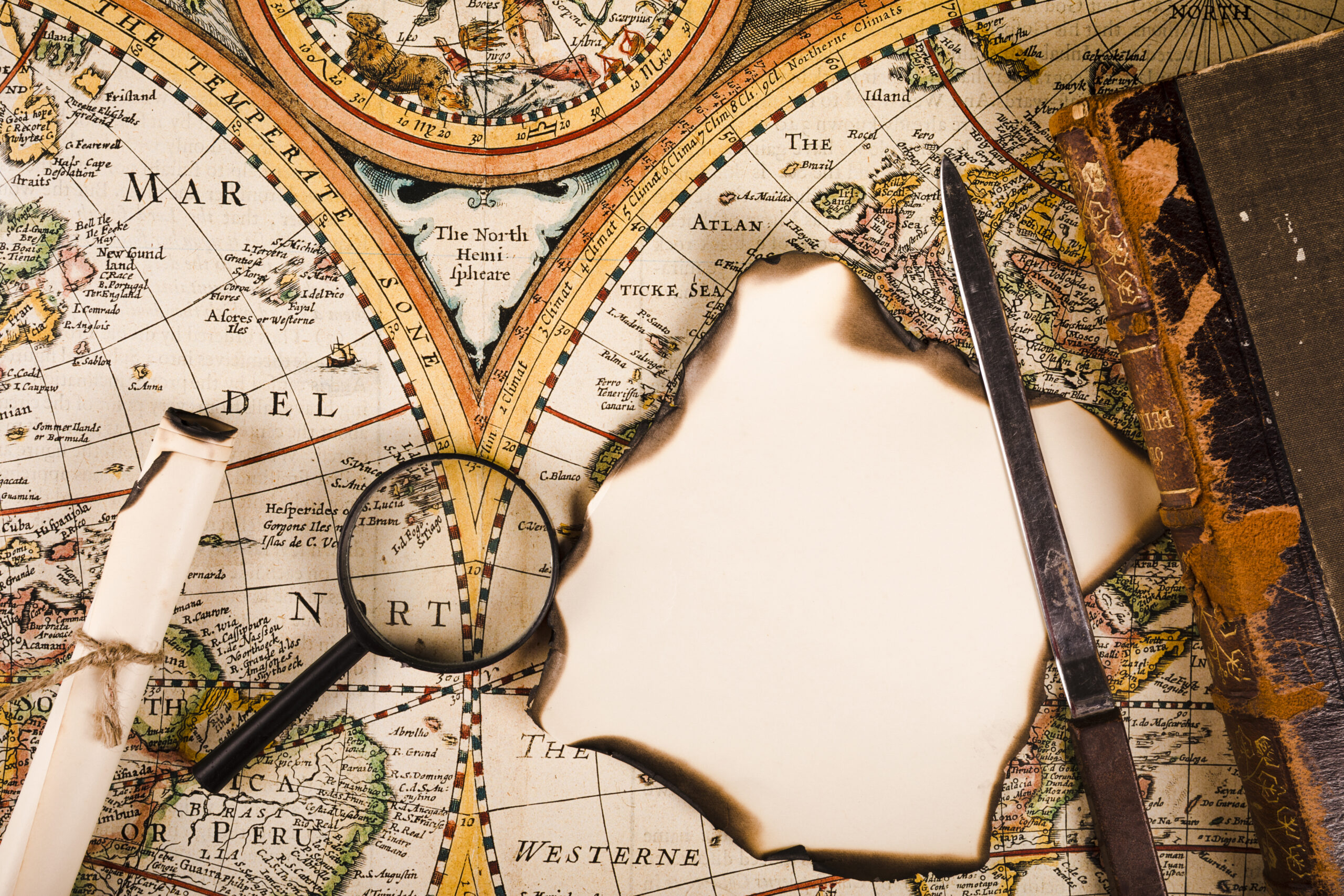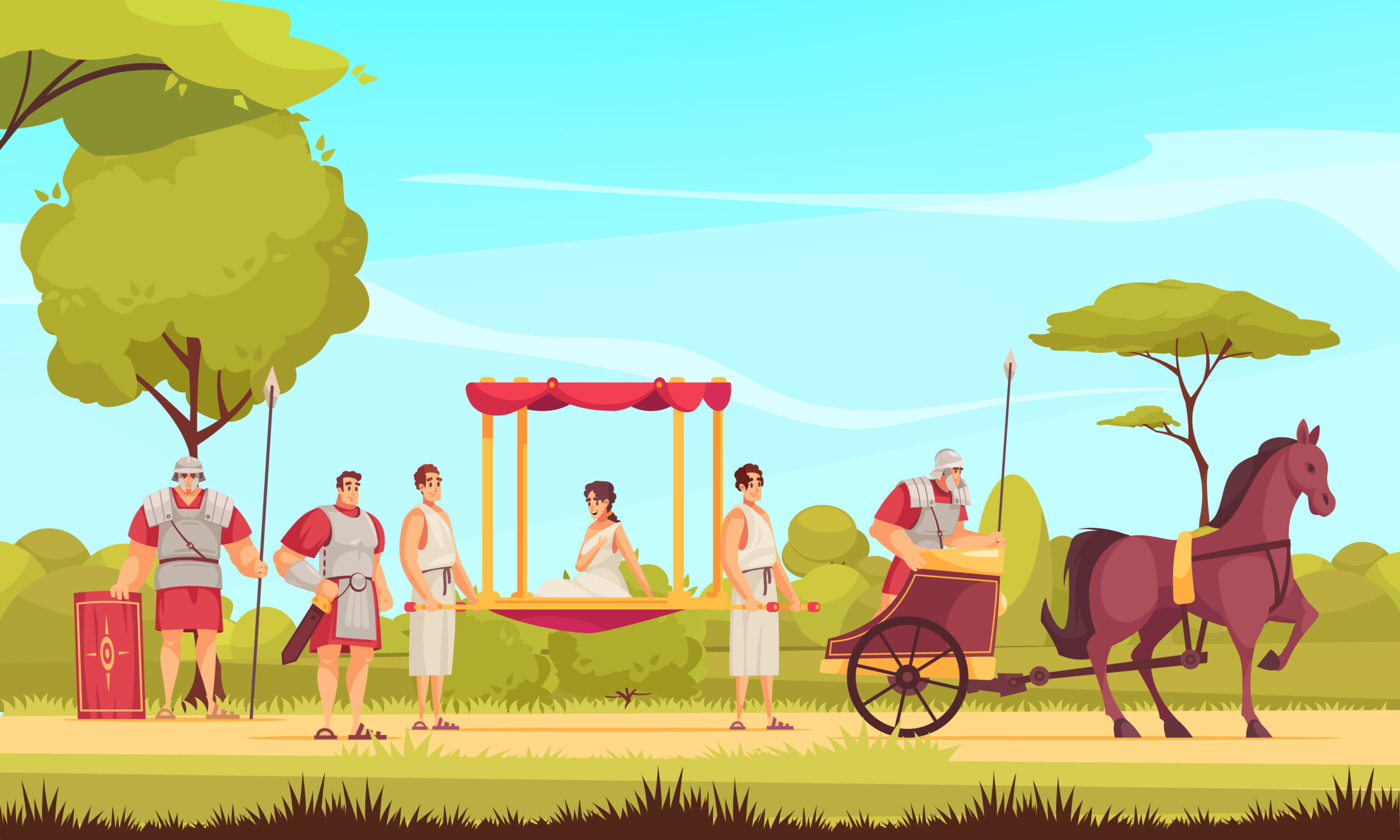
Introduction
People have always traveled. This unit will explain why and how people in ancient and medieval times traveled and how this has influenced our modern conceptions of travelling.
In ancient times people tended to remain settled in one place for practical reasons. Travel was sometimes necessary; to for example, seek food or to escape some danger.
Gradually, larger settlements of people developed along coastal areas and beside rivers, largely for food and sanitary purposes. This led to the development of water craft. Boats began to be used to travel – sometimes quite long distances, to other settlements, essentially to trade.
Empire
The development of towns, cities and commerce led to the creation of empires. This led to more and more trade and more and more travel.
The first empire nation with considerable need for travel was Egypt. At the peak of the Egyptian Empire, travel flourished, for business and for pleasure. Travel satisfied people’s curiosity. As early as 2700 BC, writers noted that people would come to visit the tombs constructed by the early pharaohs.
It is notable that there are accounts of people taking stone chippings with them as they left the tombs. This behaviour mirrors modern people’s fondness for returning from a trip with a souvenir.


